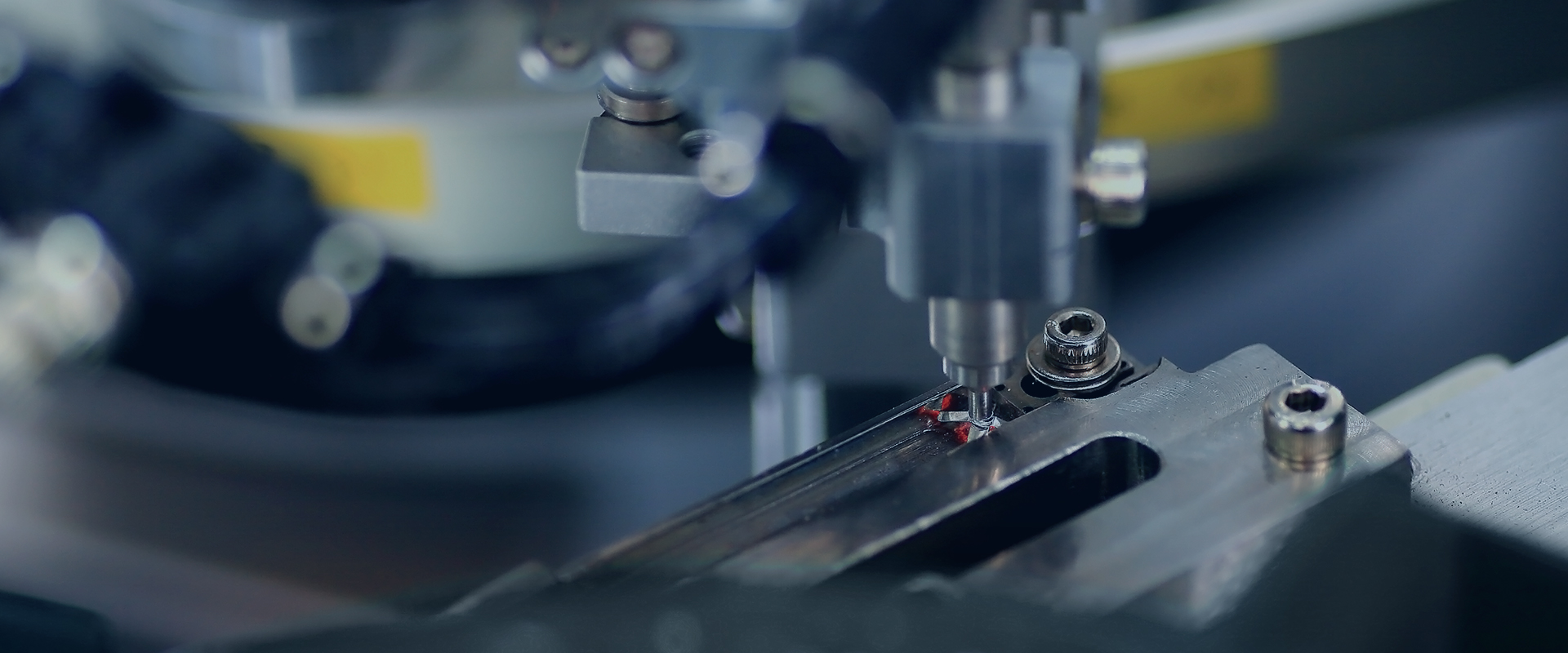In today’s fast-paced world, electrical and mechanical systems play an essential role in industries ranging from manufacturing and transportation to healthcare and consumer electronics. However, these systems generate heat during operation, and without proper thermal protection, overheating can lead to equipment failure, increased energy consumption, and even hazardous situations like fires.
Despite its importance, thermal protection is often overlooked until a failure occurs. Whether it's an electric motor, transformer, power supply, or home appliance, ensuring efficient heat management and protection mechanisms is crucial for reliability, safety, and longevity.
1. The Hidden Dangers of Overheating
Many industries rely on heat-generating equipment such as motors, batteries, transformers, and electronic circuits. Without proper thermal management, overheating can cause a range of problems:
Equipment Damage – Excessive heat can degrade materials, causing insulation breakdown, melting components, and mechanical failure.
Electrical Failures – Heat can increase electrical resistance, leading to voltage fluctuations and short circuits.
Higher Energy Consumption – Overheated motors and transformers operate inefficiently, consuming more power and increasing operational costs.
Fire and Safety Hazards – Uncontrolled overheating can ignite components, posing risks to people and property.
Increased Maintenance Costs – Repeated overheating leads to frequent breakdowns, requiring costly repairs and replacements.
By implementing effective thermal protection, industries can reduce these risks, improve efficiency, and enhance safety.
2. What is Thermal Protection?
Thermal protection refers to devices and systems designed to monitor and regulate temperature levels in electrical and mechanical equipment. These systems detect excess heat and take preventive action to avoid damage.
Key Thermal Protection Methods
Thermal Protectors (Thermal Cutoffs) – Automatically shut off power when temperatures exceed safe limits.
Thermistors (Temperature Sensors) – Detect temperature changes and adjust performance accordingly.
Heat Sinks and Cooling Fans – Dissipate excess heat in electronic components and motors.
Thermal Insulation Materials – Prevent heat from spreading to sensitive components.
By combining these solutions, industries can maintain optimal operating temperatures and prevent catastrophic failures.
3. Why Thermal Protection is More Important Than You Think
Many assume that overheating is rare or only affects high-power devices, but in reality, thermal issues are one of the most common causes of equipment failure. Here’s why thermal protection is essential in various sectors:
Electric Motors & Transformers
Overheated motors suffer from insulation degradation, leading to burnouts and reduced efficiency.
Thermal protectors ensure motors operate within safe temperature ranges, preventing costly breakdowns.
Power Supplies & Chargers
Lithium-ion batteries and power adapters can overheat during charging, leading to explosions or fires.
Smart thermal protection circuits regulate charging and prevent overheating.
Medical Equipment
Devices like MRI scanners, ventilators, and laser machines rely on precise thermal control.
Thermal protectors prevent overheating that could affect patient safety and device accuracy.
Industrial Machinery
Heavy-duty equipment operates in extreme environments where temperature spikes are common.
Built-in thermal protection ensures safe and uninterrupted operation, reducing costly downtime.
Consumer Appliances
Products like hair dryers, refrigerators, and air conditioners generate heat during use.
Thermal switches prevent overheating, ensuring safe household use.
Regardless of the application, overheating is a risk that cannot be ignored. Thermal protection ensures that devices remain safe, reliable, and energy-efficient.
4. How Thermal Protectors Work
Thermal protectors operate using temperature-sensitive components that detect heat levels and trigger protective actions when necessary.
Step-by-Step Working Process
Temperature Sensing – The thermal protector continuously monitors heat levels.
Overheat Detection – If the temperature exceeds a safe threshold, the protector activates.
Automatic Shutdown or Adjustment – The system either cuts power or reduces operation speed to cool down.
System Reset – Once the temperature returns to normal, the device resumes normal function (either automatically or manually).
These steps ensure that equipment remains within safe operating limits, preventing damage and extending lifespan.
5. Benefits of Thermal Protection
Investing in proper thermal protection offers multiple advantages across industries:
Prevents Costly Equipment Failures
Reduces the risk of burnouts, short circuits, and permanent damage.
Enhances Safety
Minimizes the risk of electrical fires, explosions, and overheating hazards.
Improves Energy Efficiency
Prevents excessive power consumption caused by overheating, leading to lower energy bills.
Extends Product Lifespan
Protects sensitive components from thermal stress, reducing the need for frequent repairs and replacements.
Ensures Regulatory Compliance
Many industries require thermal protection standards to meet safety regulations and certifications.
6. Choosing the Right Thermal Protection Solution
When selecting a thermal protector, consider the following factors:
Application Type – Identify whether it’s for motors, transformers, batteries, or electronics.
Operating Temperature Range – Choose a protector that suits the expected temperature conditions.
Response Time – Fast-acting thermal protectors provide better safety in critical applications.
Reset Type – Decide between automatic or manual reset options based on the application.
Reliability and Certification – Ensure compliance with safety standards (UL, IEC, RoHS, etc.).
Saftty thermal protectors offer high-precision temperature control, quick response times, and long-term durability, making them ideal for various applications.
Thermal protection is not just an optional safety measure—it’s a necessity for modern equipment. Without it, devices are prone to overheating, inefficiency, and catastrophic failures. Whether in electric motors, power supplies, medical devices, or industrial machinery, thermal protectors play a vital role in ensuring reliability, safety, and cost-effectiveness.
By investing in high-quality thermal protection solutions like Saftty’s thermal protectors, businesses and consumers can enjoy:
Extended equipment lifespan
Improved energy efficiency
Reduced maintenance costs
Enhanced safety and compliance
In today’s increasingly technology-driven world, thermal protection is more important than ever. Don’t wait for overheating issues to arise—take proactive steps to safeguard your equipment today!













 中文
中文 English
English Deutsch
Deutsch Italiano
Italiano 한국어
한국어 にほんご
にほんご


